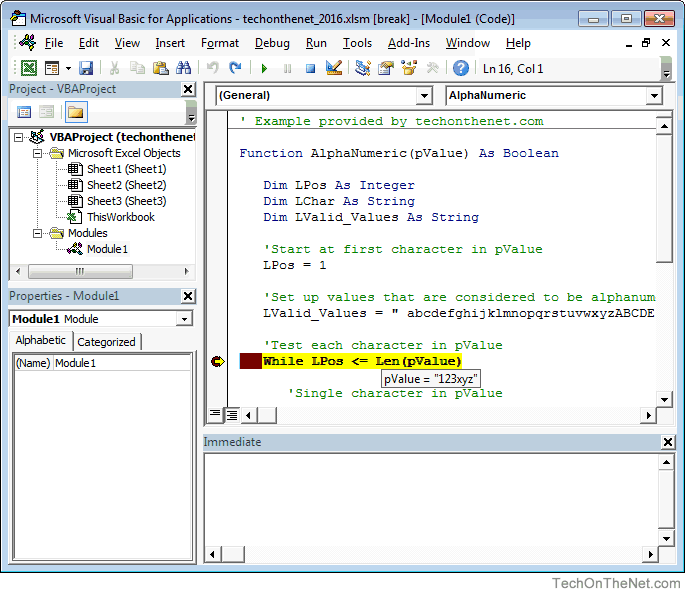If you use Outlook 2016 for Mac in more than one capacity, such as for your personal life and for work, you can set up Outlook to handle these different capacities by using profiles. A profile is associated with and stores a set of email messages, contacts, tasks, calendars, account settings, Scrapbook clips, and more. This tool also stores the settings for the Outlook window size and position. This tool shouldn't be needed most of the time. But it can be useful. Note The Outlook Preferences file doesn't contain all the preferences for the application. Also, resetting Outlook preferences doesn't remove email messages or account settings. How to use the tool. Install Office 2016 on a PC. Remember a one-time purchase version of Office is licensed for one install only. Depending on your browser, select Run (in Edge or Internet Explorer), Setup (in Chrome), or Save File (in Firefox). If you see the User Account Control prompt that says, Do you want to allow this app to make changes to your device. This is very possible with AppleScript. Here's an example with the basics: tell application 'Microsoft Outlook' set theContent to ' set theMessages to messages of folder 'Inbox' of default account repeat with theMessage in theMessages if subject of theMessage contains 'match this string' then set theContent to theContent & plain text content of theMessage end if end repeat set theMessage to.
-->
Call an AppleScript file from a VB macro in Office 2016 for Mac.
Applies to: Excel for Mac | PowerPoint for Mac | Word for Mac | Office 2016 for Mac
The AppleScriptTask command executes an AppleScript script file located outside the sandboxed app.

The following code shows how to call AppleScriptTask from VB.
The MyAppleScript.applescript file must be in ~/Library/Application Scripts/[bundle id]/. The .applescript extension is not required; you can also use the .scpt extension.
Myapplescripthandler is the name of a script handler in the MyAppleScript.applescript file.
My parameter string is the single input parameter to the myapplescripthandler script handler.
The following are the [bundle id] values for Excel, PowerPoint, and Word:

- com.microsoft.Word
- com.microsoft.Excel
- com.microsoft.Powerpoint
For example, the corresponding AppleScript for Excel would be in a file named MyAppleScriptFile.applescript that is in ~/Library/Application Scripts/com.microsoft.Excel/.
Important

The folders such as com.microsoft.Excel may not exist. In that case, just create them by using a standard mkdir command.
The following is an example of a handler.
What happened to MacScript?
Earlier versions of Office for Mac implemented a command called MacScript that supported inline AppleScripts. Although that command still exists in Office 2016 for Mac, MacScript is deprecated. Due to sandbox restrictions, the MacScript command cannot invoke other applications, such as Finder, in Office 2016 for Mac. We recommend that you use the AppleScriptTask command instead of the MacScript command in apps for Office 2016 for Mac.
Support and feedback
Outlook For Mac 2016 Set Applescript To Runner

Outlook For Mac 2016 Set Applescript To Running
Have questions or feedback about Office VBA or this documentation? Please see Office VBA support and feedback for guidance about the ways you can receive support and provide feedback.